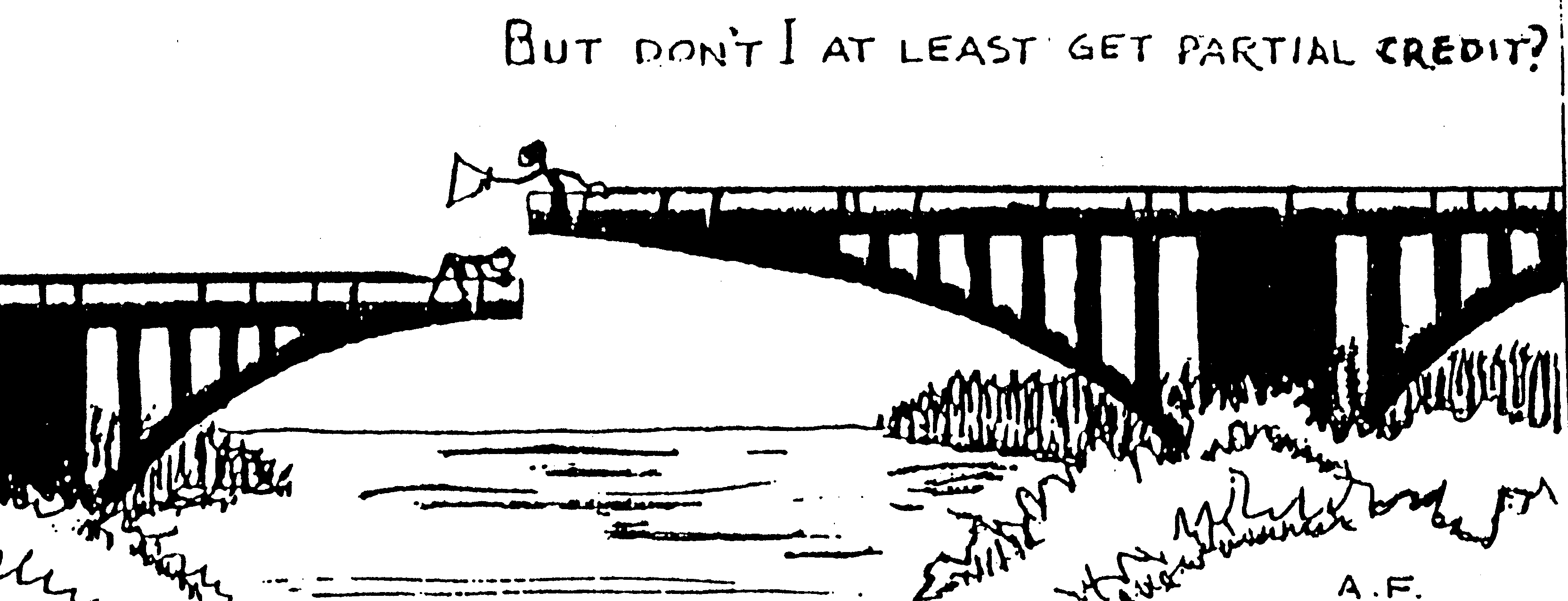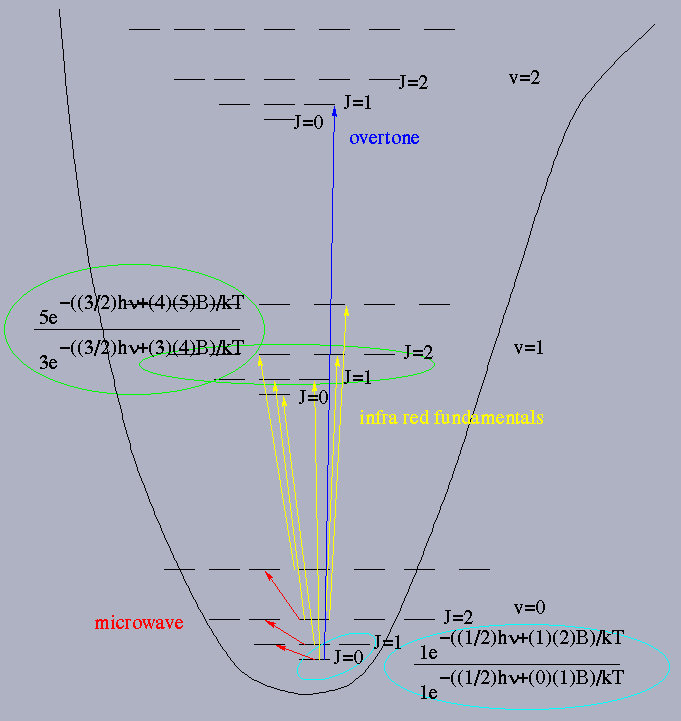






The following materials are also available:
Beginning Discussion of Mathematics Prerequisites for Physical Chemistry
(a work in progress, comments cheerfully accepted)
Ein kluger Mensch lernt von seinen Fehlern, ein klügerer Mensch von den Fehlern von Anderen!
Frank W. David, June 4, 1904 to June 10, 1960